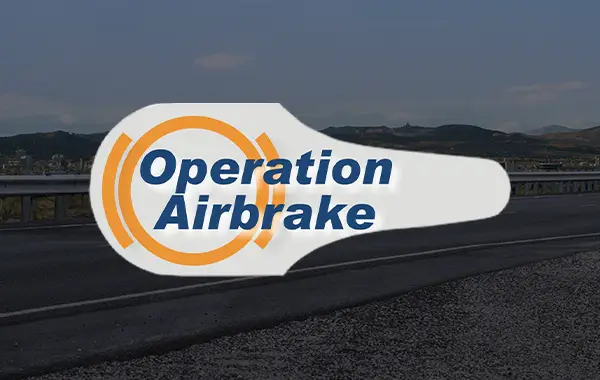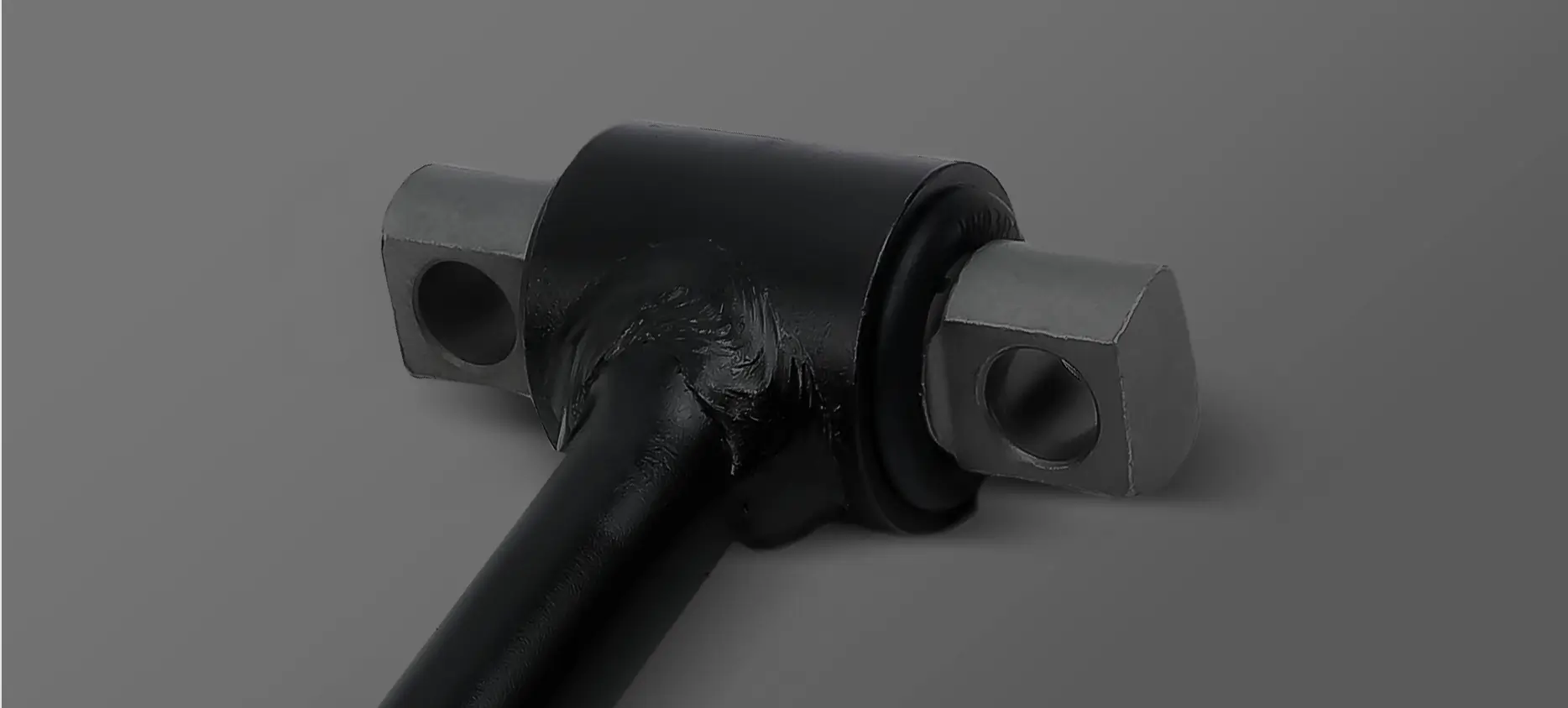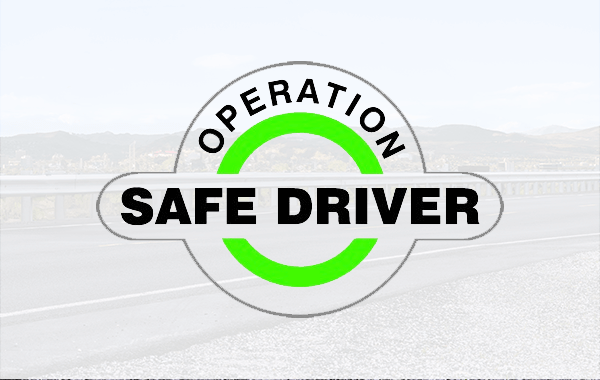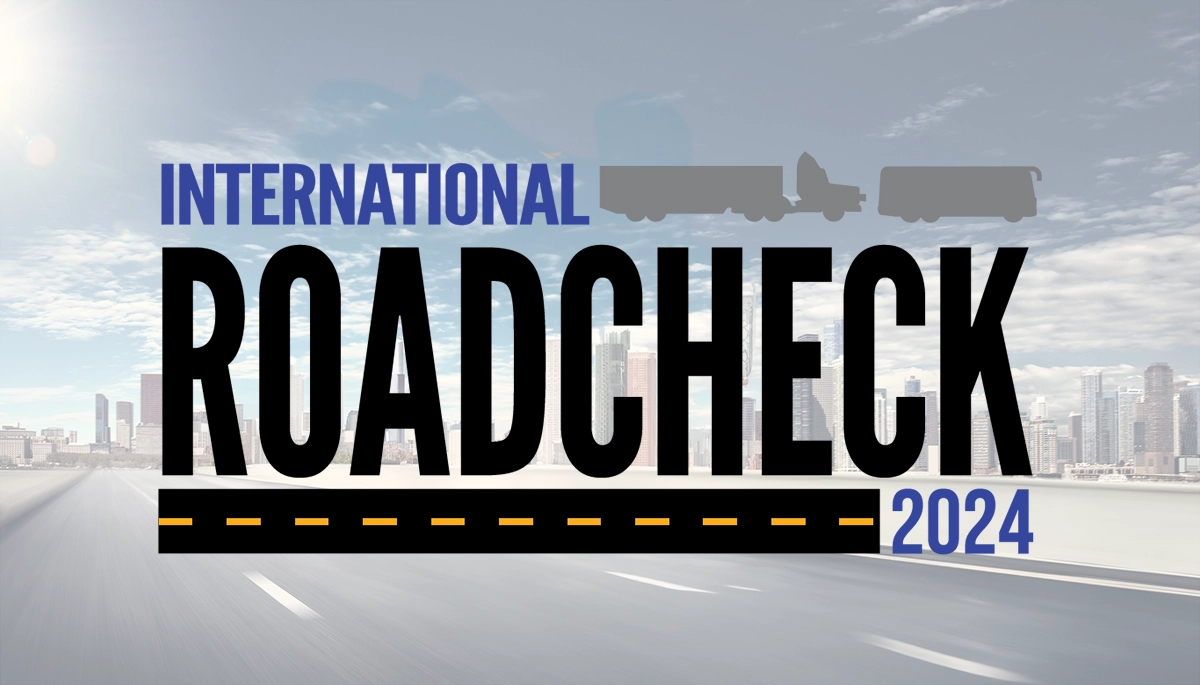
2024 CVSA Brake Safety Week
Get ready for 2024 CVSA Brake Safety Week and avoid out-of-service brake violations. This year’s focus is on brake lining and pad violations.
View Article ›
A torque rod is a mechanical component used in suspension systems to control the movement of the axle and resist rotational forces, such as torque, that are generated during acceleration or deceleration.
The TRP® All-Makes Torque Rods are designed to meet industry standards and survive any harsh road conditions. TRP® Torque Rod assemblies are manufactured in the USA, utilizing advanced materials, forms, construction and fastening methods. They also incorporate multiple technologies to prevent “walk out” of the bushing.
TRP® Torque Rods are made with the highest quality materials and are covered by the standard TRP® one-year no-hassle warranty. Check out this video for more information on TRP® Torque Rods.
Torque rod inspection should be part of a vehicle’s routine inspection schedule. According to TMC Recommended Practice 1506 (RP1506), these inspections should happen at least once a month.
When performing these torque rod inspections, check the following:
Damaged torque rods can result in one of the most severe Federal Motor Carrier Safety Administration (FMCSA) Compliance Safety Accountability (CSA) violations, resulting in a 7-point penalty. Damaged torque rods must be replaced immediately.

Continued use on damaged torque rods can lead to a variety of issues that can comprise your safety on the road. These issues include:
While there is not a prescribed mileage or date for replacement, routine visual inspection should tell you when a torque rod should be replaced. Replacement should occur when:

2024 CVSA Brake Safety Week
Get ready for 2024 CVSA Brake Safety Week and avoid out-of-service brake violations. This year’s focus is on brake lining and pad violations.
View Article ›
OPERATION SAFE DRIVER WEEK 2024
Operation Safe Driver is a program aimed at reducing unsafe driver behaviors by educating all drivers ...
View Article ›
CVSA International Roadcheck 2024
CVSA International Roadcheck 2024's vehicle focus is Tractor Protection Systems. A commercial motor vehicle’s ...
View Article ›